To Pack or Not to Pack?
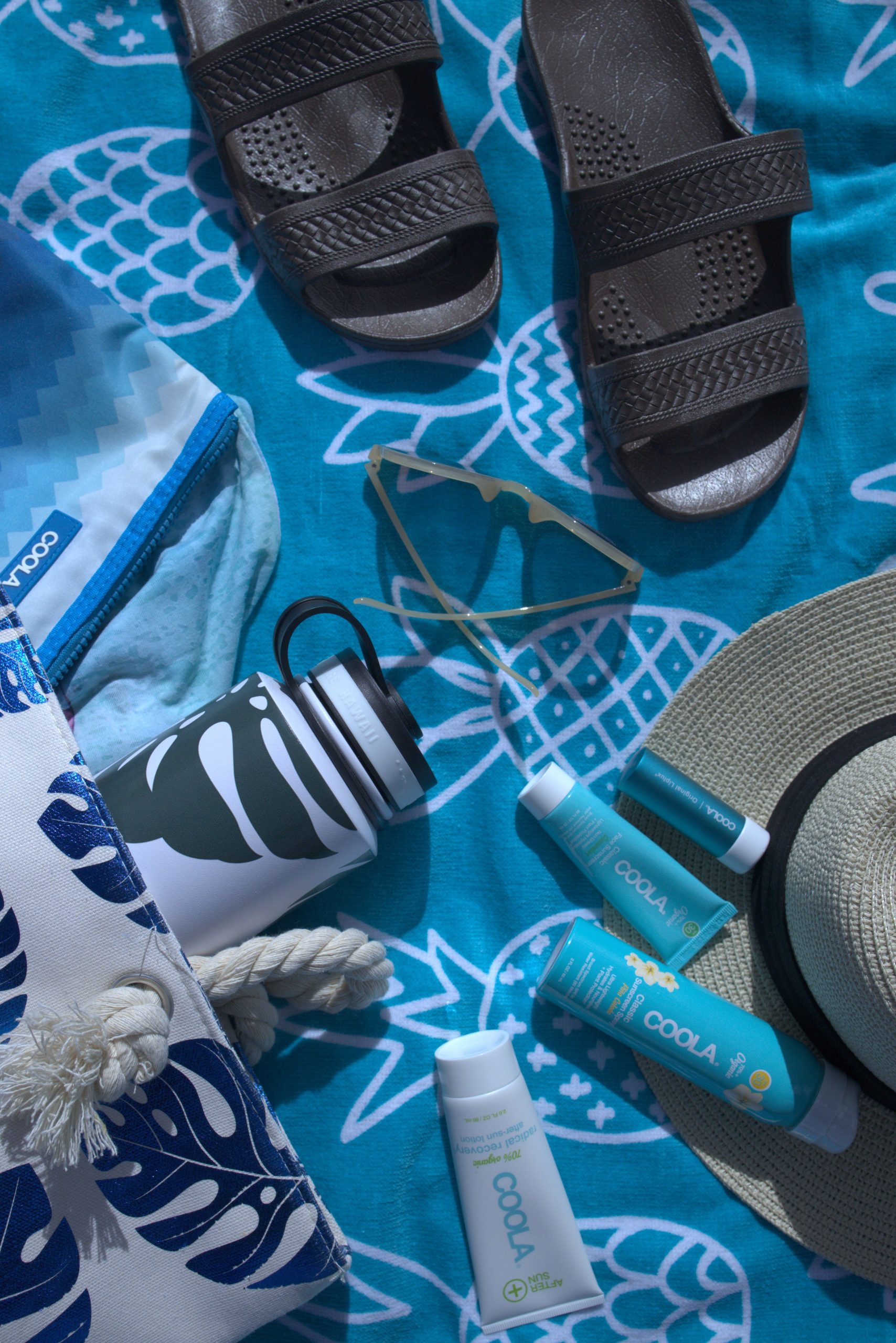
What’s in your beach bag? Our Hawaii Packing Guide may give you a few ideas
The last thing anyone wants is to have a dream vacation in the islands marred by the memory of sore feet, sunburn, or other injuries. Knowing a bit about the environment you will be visiting and planning your wardrobe and accessories accordingly can prevent those things from ruining your trip. That’s where we come in, this ultimate Hawaii packing guide takes you through the packing needs of some of the islands most popular activities.
You probably have favorites you want to bring with you for the myriad of activities you’ll find in Hawaii. We’ll talk about those below. But sometimes the Islanders know the products that work best in their environment, and you might want to take their advice by buying locally. This can help you shorten your packing checklist and avoid the weight of bringing EVERYTHING you think you’ll need. And besides, you want to save room in your luggage for the great finds that you’ll want to take home.
Since there are many variables, it might help to break the packing list “needs” down by activity.
Sightseeing
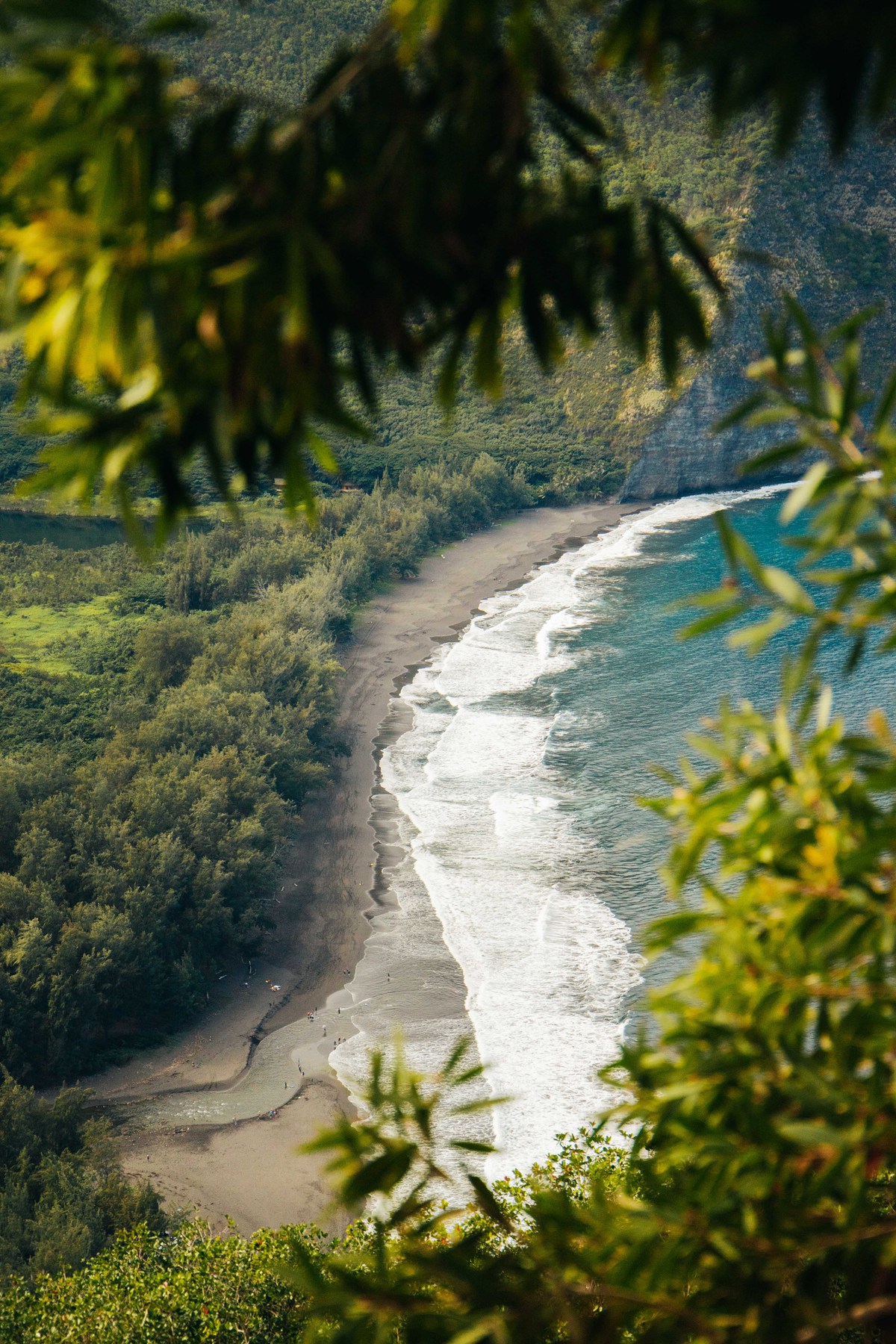
With so much to see, you should focus on making memories. Not shopping for forgotten necessities.
History and cultural richness are everywhere in Hawaii. If your focus is seeing as many places as you can, you’re going to be walking a lot. And if you plan to spend a day or more at the Polynesian Cultural Center, you can also expect to be on your feet a lot. While sandals are tempting, you may do well to offer your feet some compensation for all you’re expecting of them on these days. Close-toed shoes offer some support, as well as protection from sunburn on the tops of your feet and pebbles that may hope to hop a ride.
Aloha shirts, lava lavas (otherwise known as sulus, the Island equivalent of kilts for men) and muumuus in different styles are everywhere. And the pareu—the sarong-like, long cloth that can be worn many ways, by men or women—is very much at home here. Buy from the people who make them!
Pay close attention to the weather forecast for the time you will be on the islands. True, it’s basically always gorgeous weather; but not every day is sunny with a light breeze all day long. You may enjoy brief but intense rain or some pretty stiff winds. Depending on your location, you could experience hot, dry air, or cool, very damp air. The secret to comfort is layering. Start with the basic structure of your look for the day, then pack easy-care components to see you through the highs and lows. Some people carry umbrellas or ponchos, while others just get wet in the shorter cloudbursts. Know your tolerance.
If you’ll be in buildings all day, you’ll find that some are well air-conditioned and some have no AC at all. Having layering options available can keep you comfortable wherever you are.
Remember to protect yourself from the sun with a hat, cover-up, and/or sunscreen.
Beachcombing/Water Sports
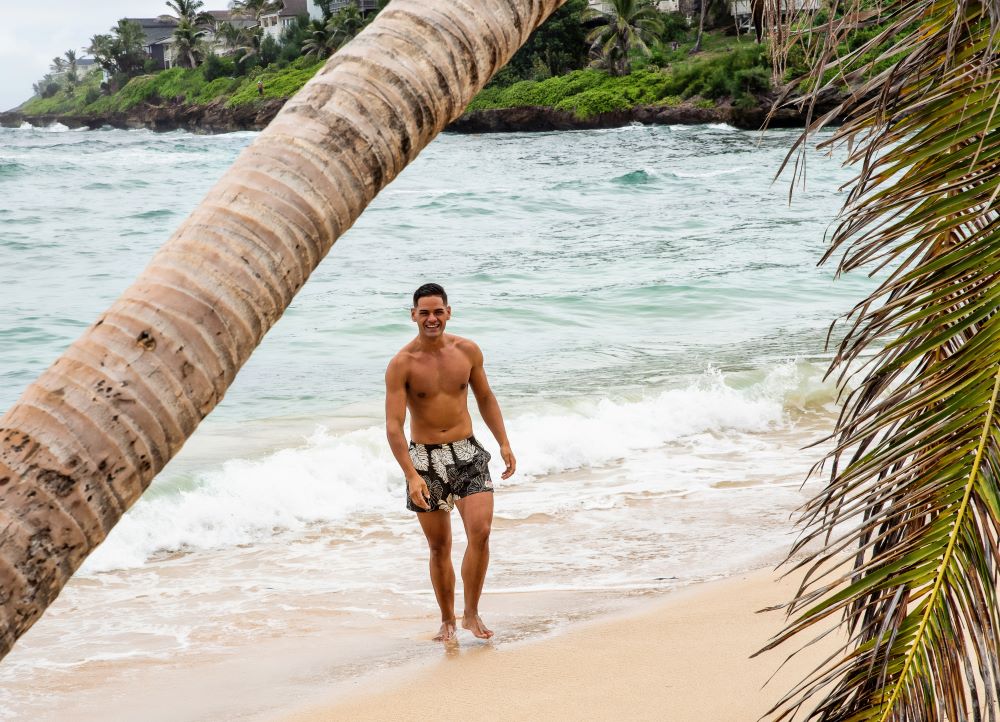
Long walks on the beach? Yes please! Sunburns? Absolutely not!
If you just bought a great bathing suit, well of course, throw it in your suitcase! On the other hand, don’t make finding one a priority. You are coming to the land of beachwear!
Whether you’ll be hiking or just walking on the beach, dress for outdoors; including hats, sun-resistant clothing, and cover-ups. And of course add water bottles.
Give careful consideration to the sun. Too many enthusiastic vacationers head for the beach and stay all day, soaking up the tropical wonder, then spend the next several days dealing with the pain of severe sunburn.
If you have sensitive skin, it might be tempting to bring the sunscreen and lotions you usually use (though you would have to limit the sizes of the containers on airplanes). But think carefully about what you really need to have on hand and what you can pick up at your destination, and always check the ingredient list. Sunscreens used in Hawaii have to be ocean friendly—certain brands contain oxybenzone and octinoxate, ingredients that threaten coral reefs. Those are banned here. You could find it to your advantage to buy locally. For further guidance check out this great resource from Save the Reef that offers multiple examples of safe and banned sunscreens.
Surfboards, kayaks, paddle boards, snorkel sets, beach umbrellas, coolers, beach chairs, hammocks, tents, wagons, and even kids’ toys and swim gear can all be rented all over the island.
Hiking
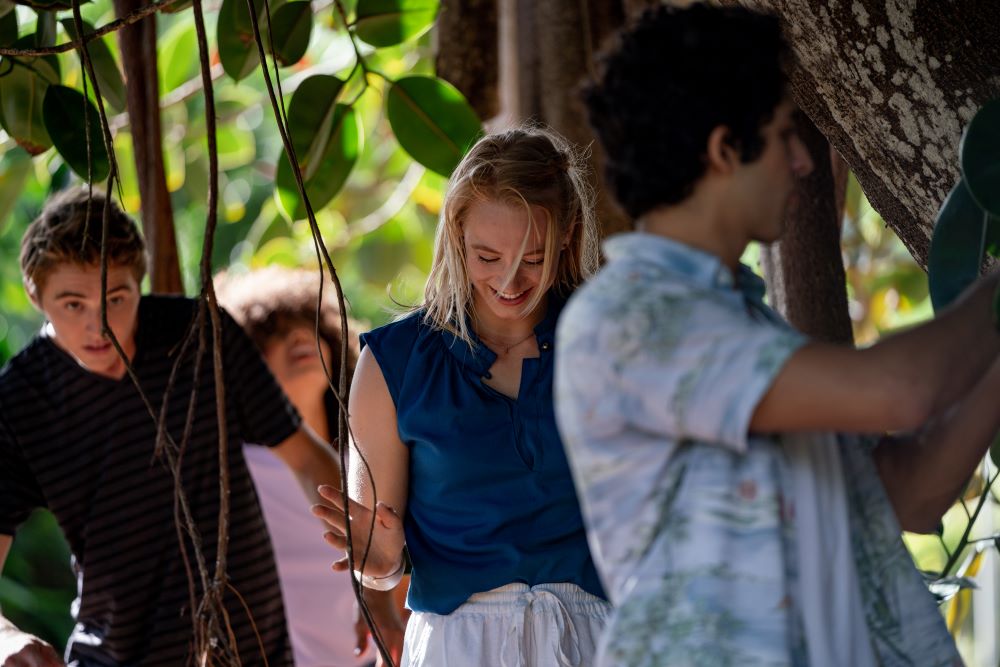
Should I bring my hiking boots? Hawaii Packing Guide says… Yes, definitely!
Your favorite, broken-in hiking boots would be one example of something that may be worth the space in your luggage. Since breaking in new boots takes a while, you may not be able to achieve the comfort level you’re used to in your limited time in the islands. For serious hikers, you might want to include your most reliable gear in this category. But if there are accessories that aren’t dear to your heart, why not skip the extra poundage and buy or rent on the island?
One more note about footwear: If you are going to be walking in areas where there is standing water—say, after a rain—avoid walking in puddles barefoot or in open shoes. If you can’t avoid stepping in them, wash your feet as soon as you can. There are some tiny tropical organisms who would love to go home with you.
While hiking, be mindful of the heat, but also of the terrain you’ll be covering. Some leaves can inflict some pretty good “paper cuts.” Not the best places to be wearing shorts. Also, in dense foliage you may find critters whose homes you are impacting, and they may not take kindly to that. Protect yourself from being stung or bitten.
And remember to bring extra socks.
Shopping
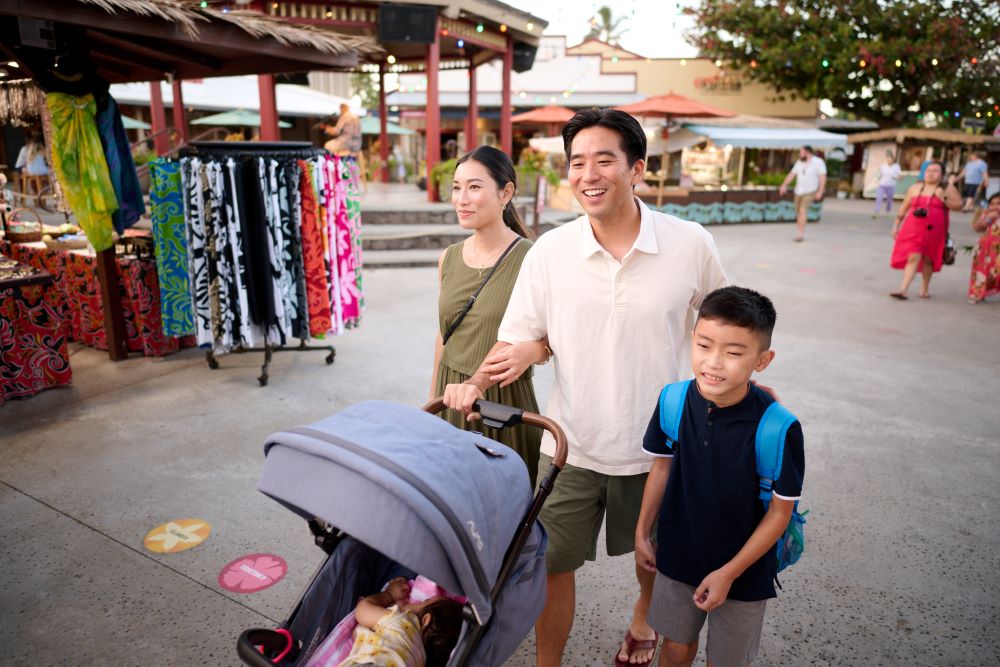
There is much that you should bring, but make sure to leave room for the shopping.
Here is another place to consider where you will be. Open-air markets and malls present different things to think about.
- Will you be out in the sun for hours?
- Will you be subject to weather, or will you be inside? (If inside, air-conditioned or not?)
- Will your venture include tons of walking and browsing, or do you have a few, tightly targeted destinations in mind?
The answers to these and related questions can help you plan a successful day that leaves you celebrating your finds rather than bemoaning your sore feet and sunburn.
You may also want to be prepared for the fact that plastic bags are not used at many stores, and paper ones may cost you a few cents. Bring your own reusable bags (cleverly disguised as carry-on totes?) or be prepared to purchase bags from merchants.
Dining
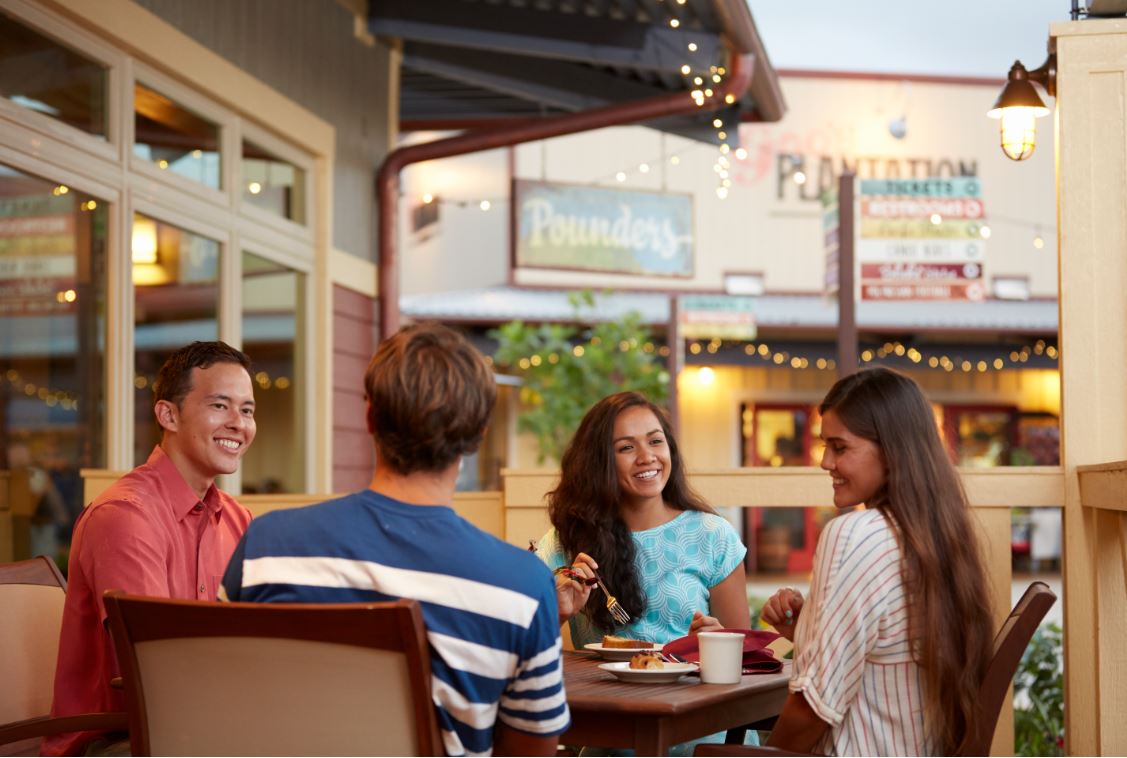
With over 15 dining options the Hukilau Marketplace has something for everyone.
Meals on Oʻahu encompass everything from food trucks on the side of the road to haute cuisine in posh dining rooms. Interestingly, a person can wear the same clothes in most of these settings (unless of course you WANT to dress up). Aloha wear flare for your vacation clothes The Hawaii Store has got you covered with their extensive collection of clothing perfect for the island vacation vibe.
Summary
Of course, you know which clothes you will be comfortable wearing, so formulating your wardrobe is a very individual undertaking. But a little planning ahead, and some tips and tricks from our Hawaii packing guide, may help you decide what makes the cut. For more packing advice, don’t miss our packing checklist!

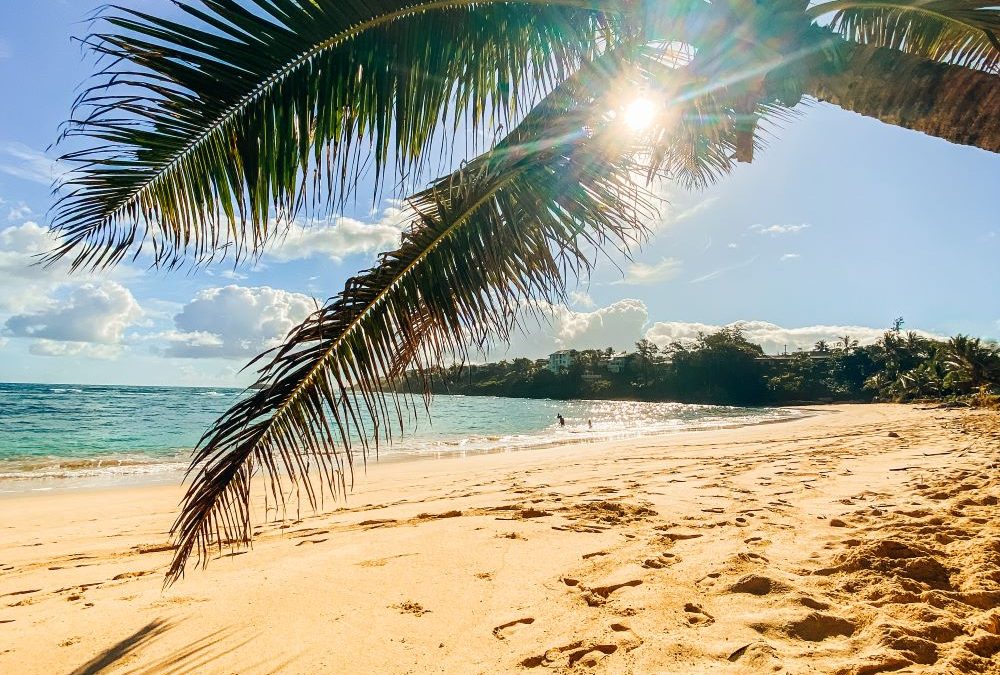
Recent Comments